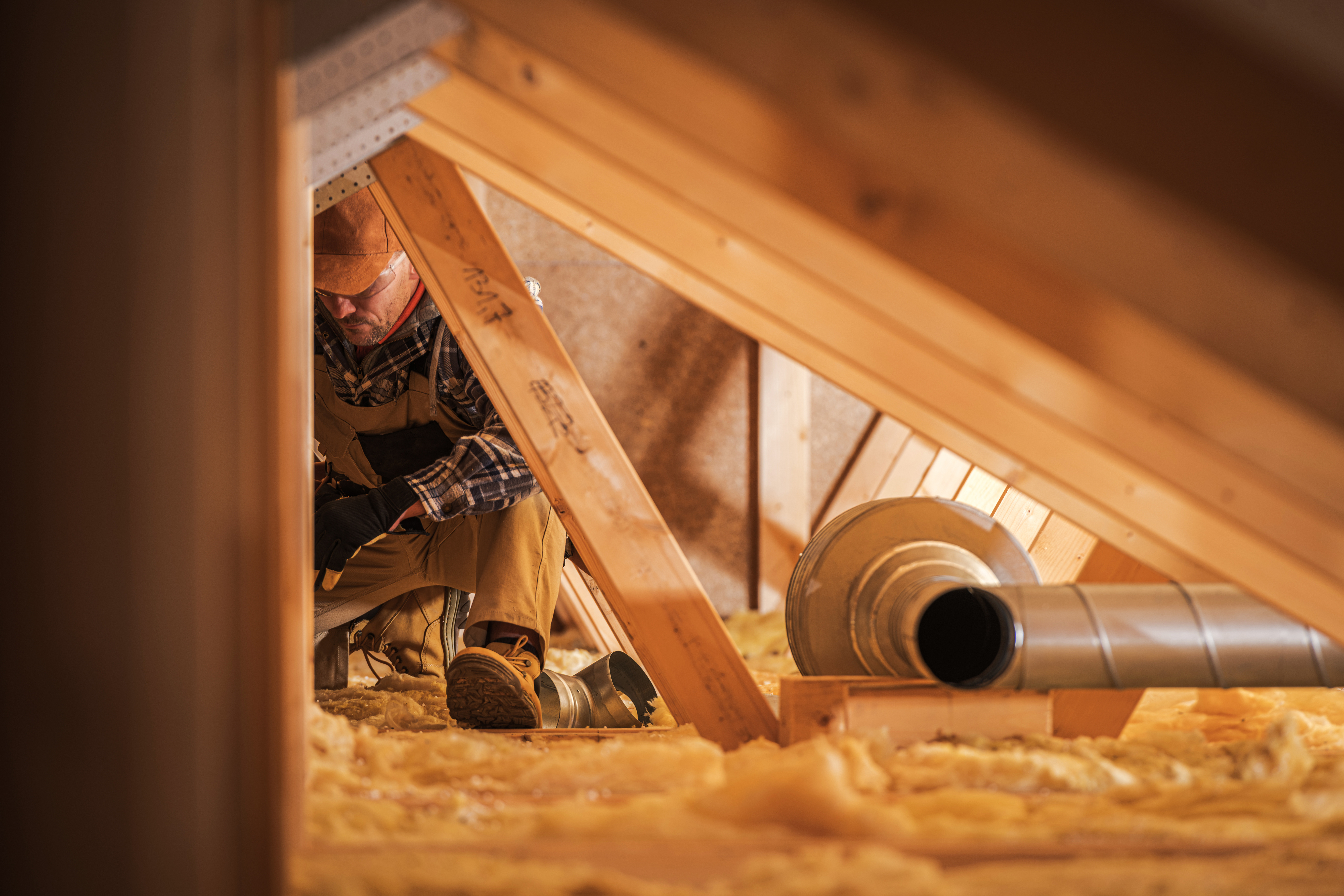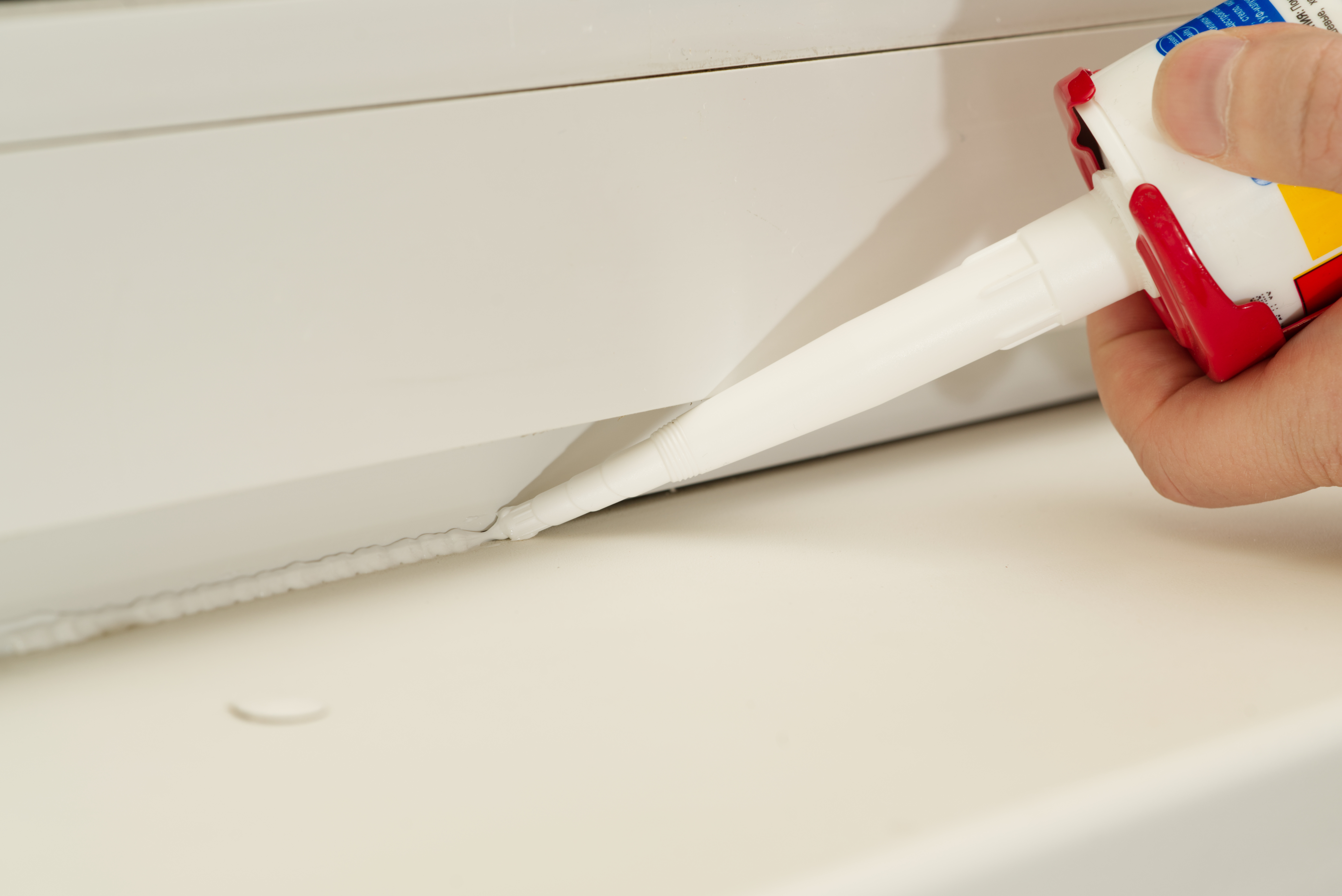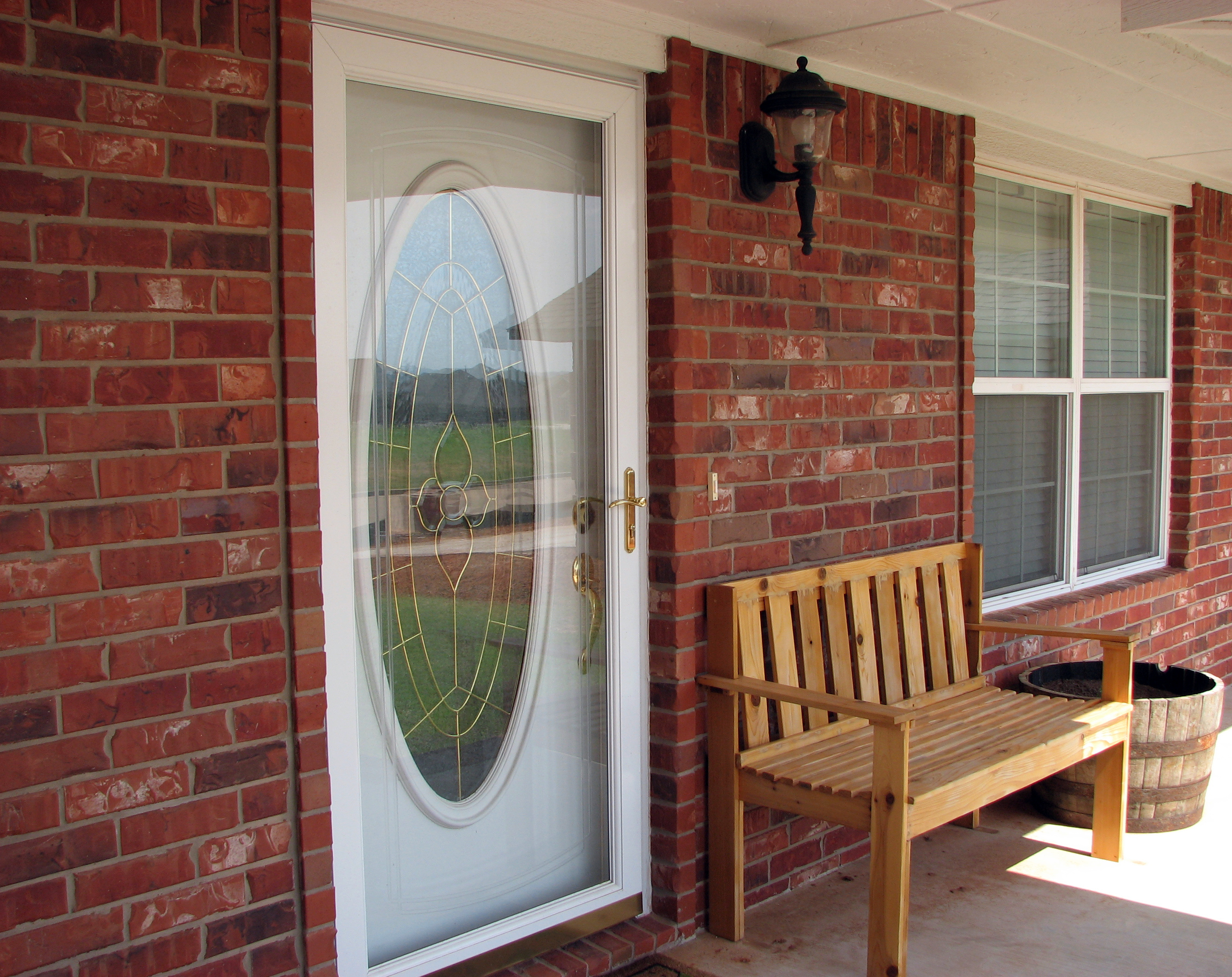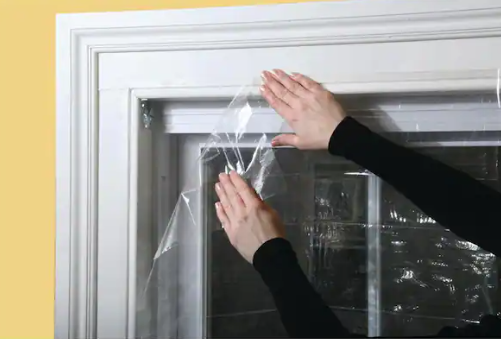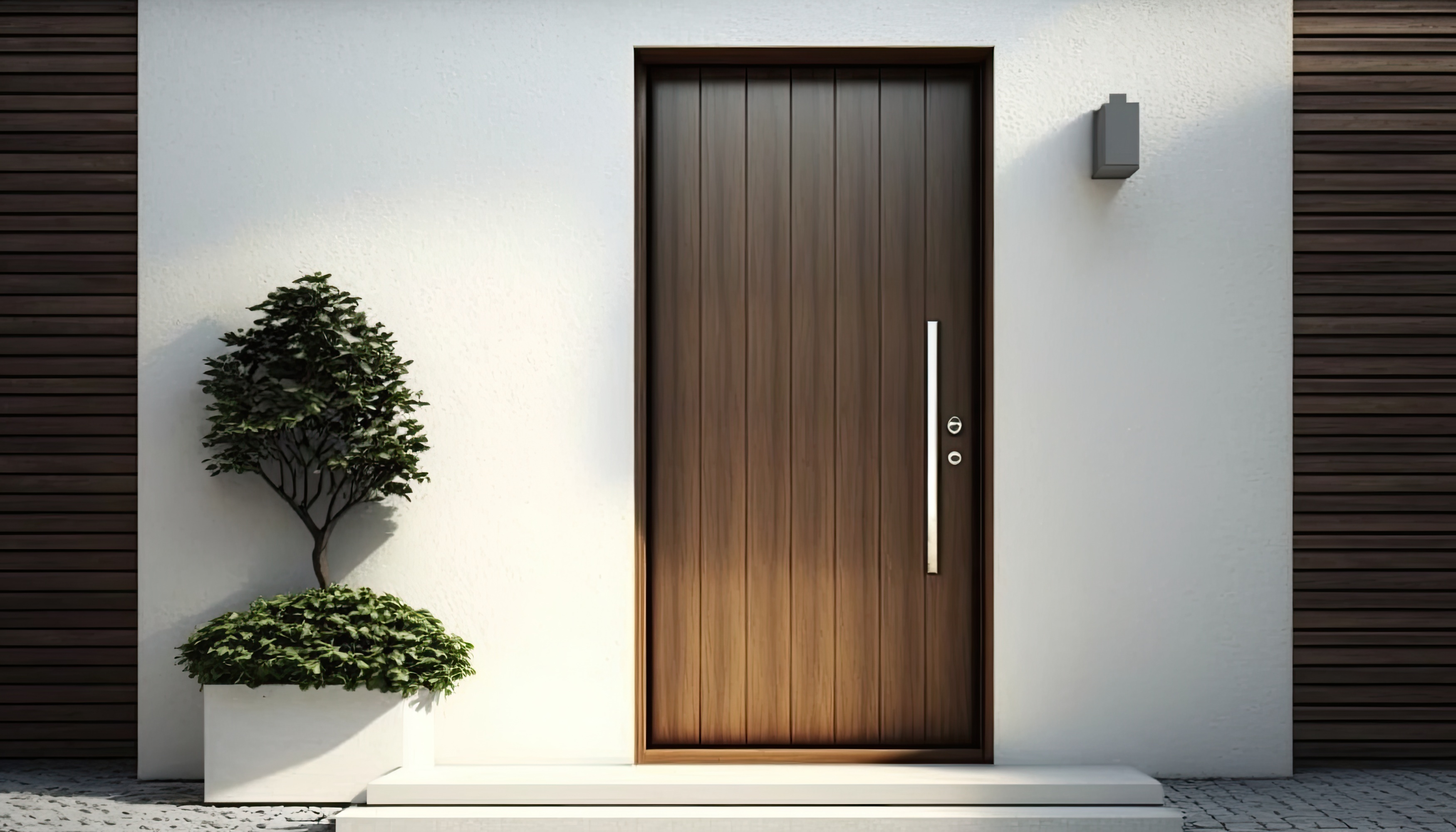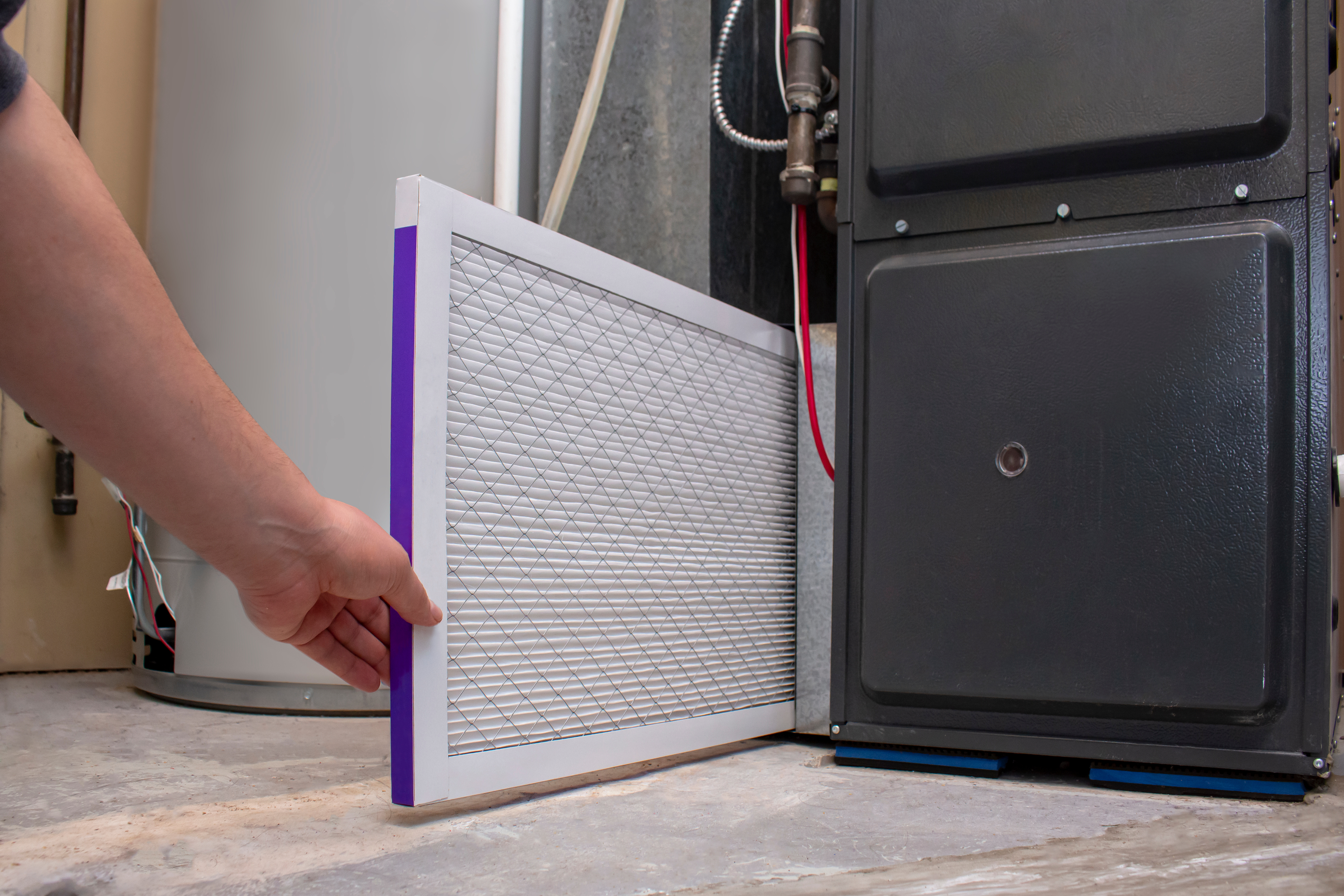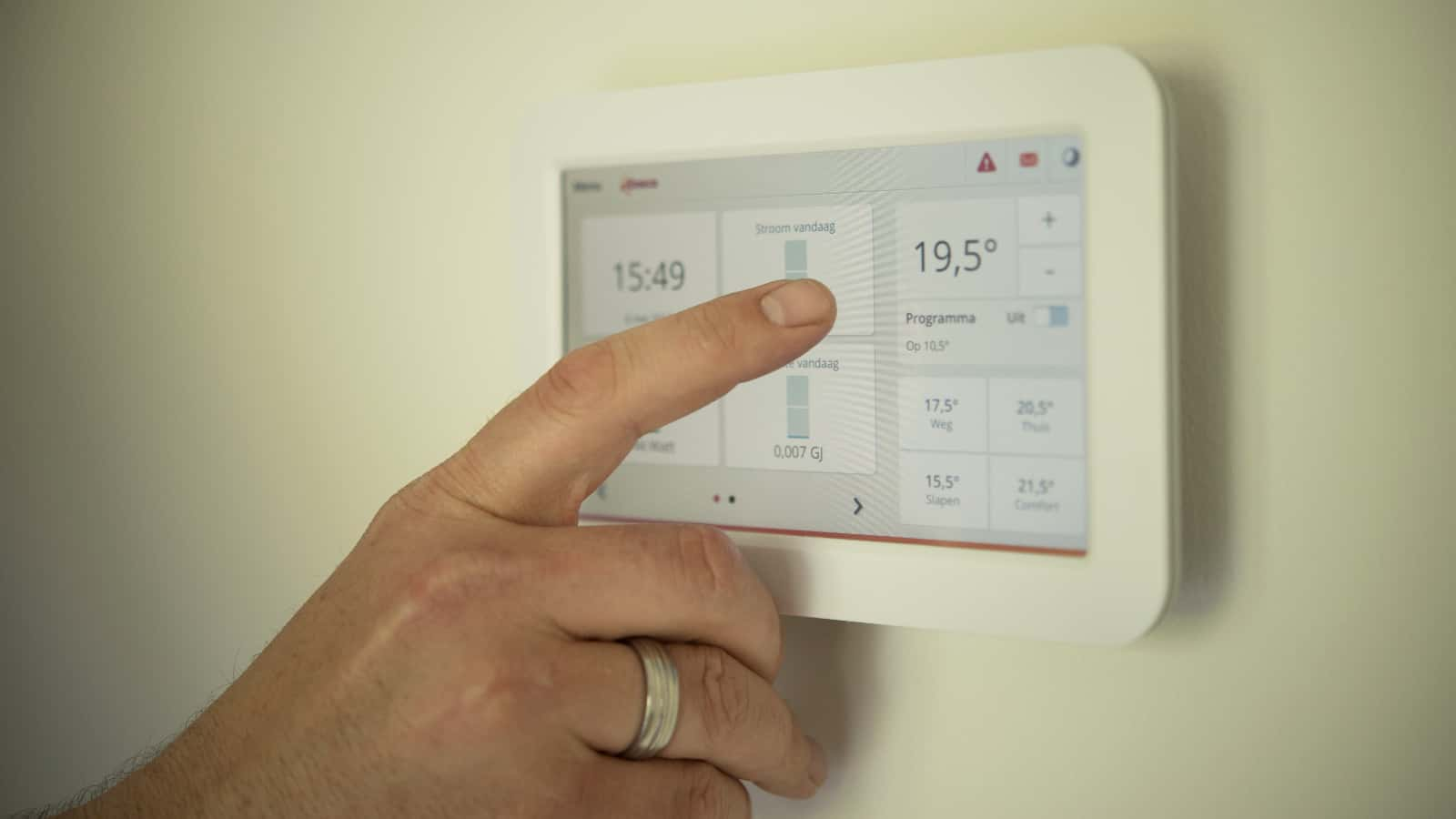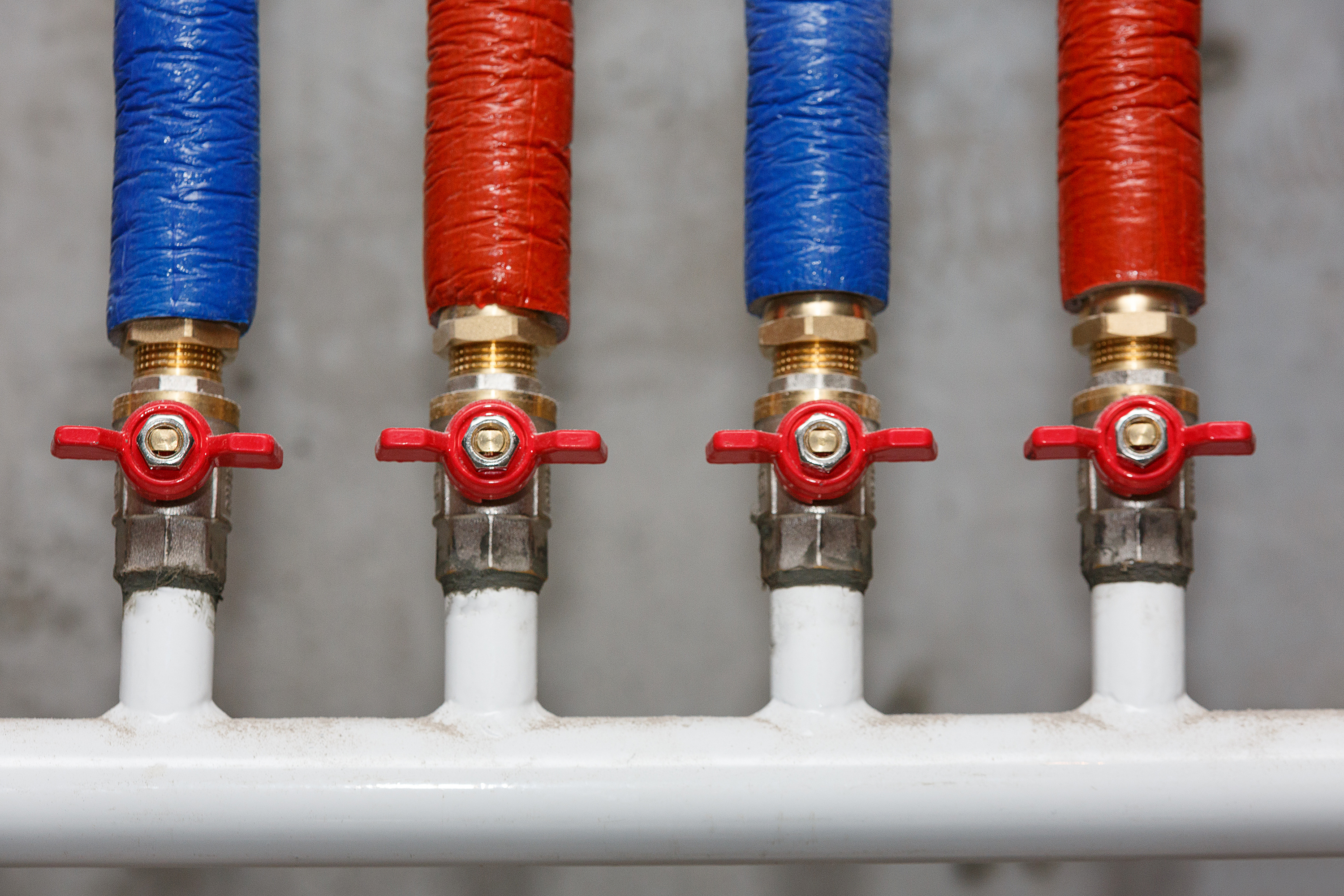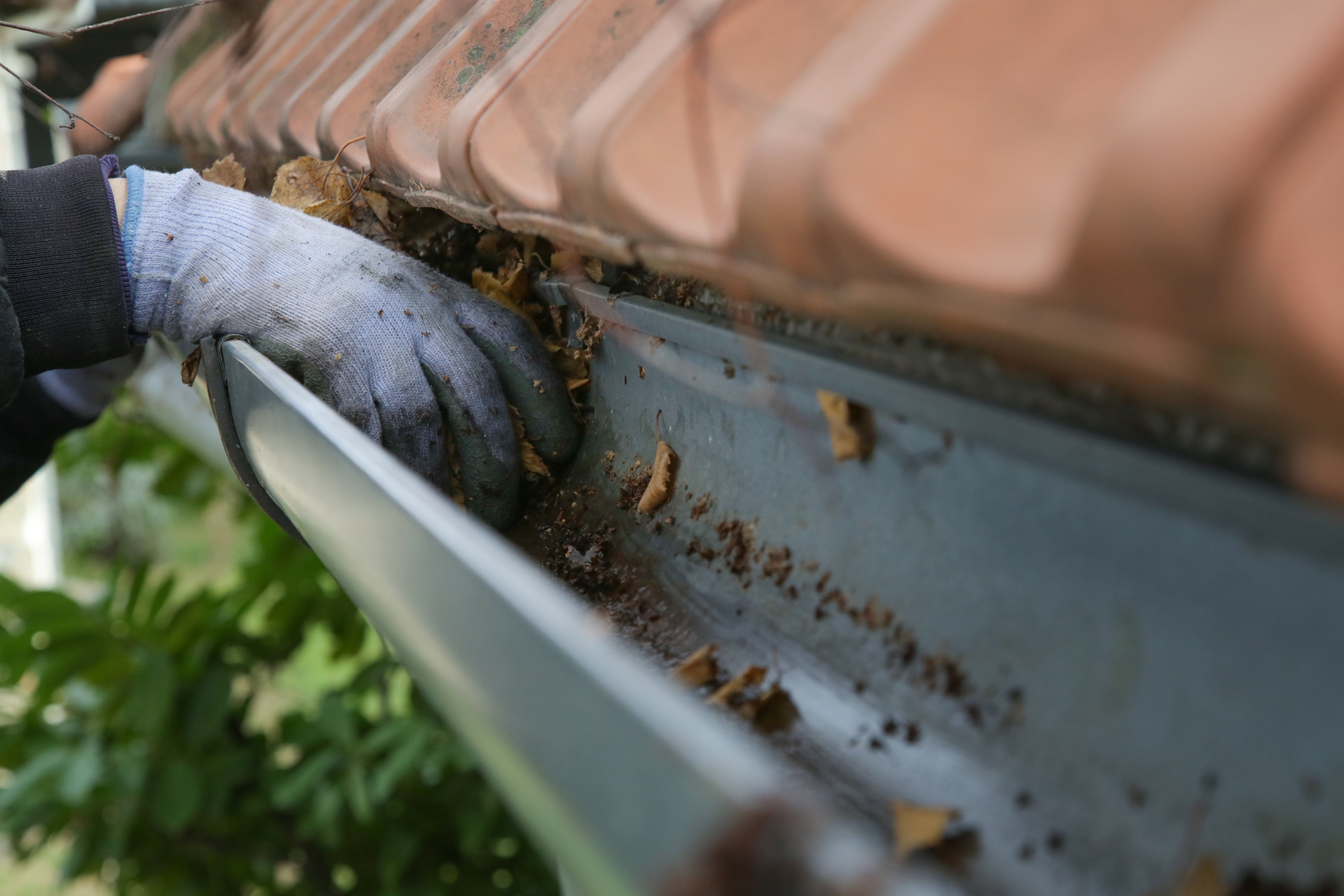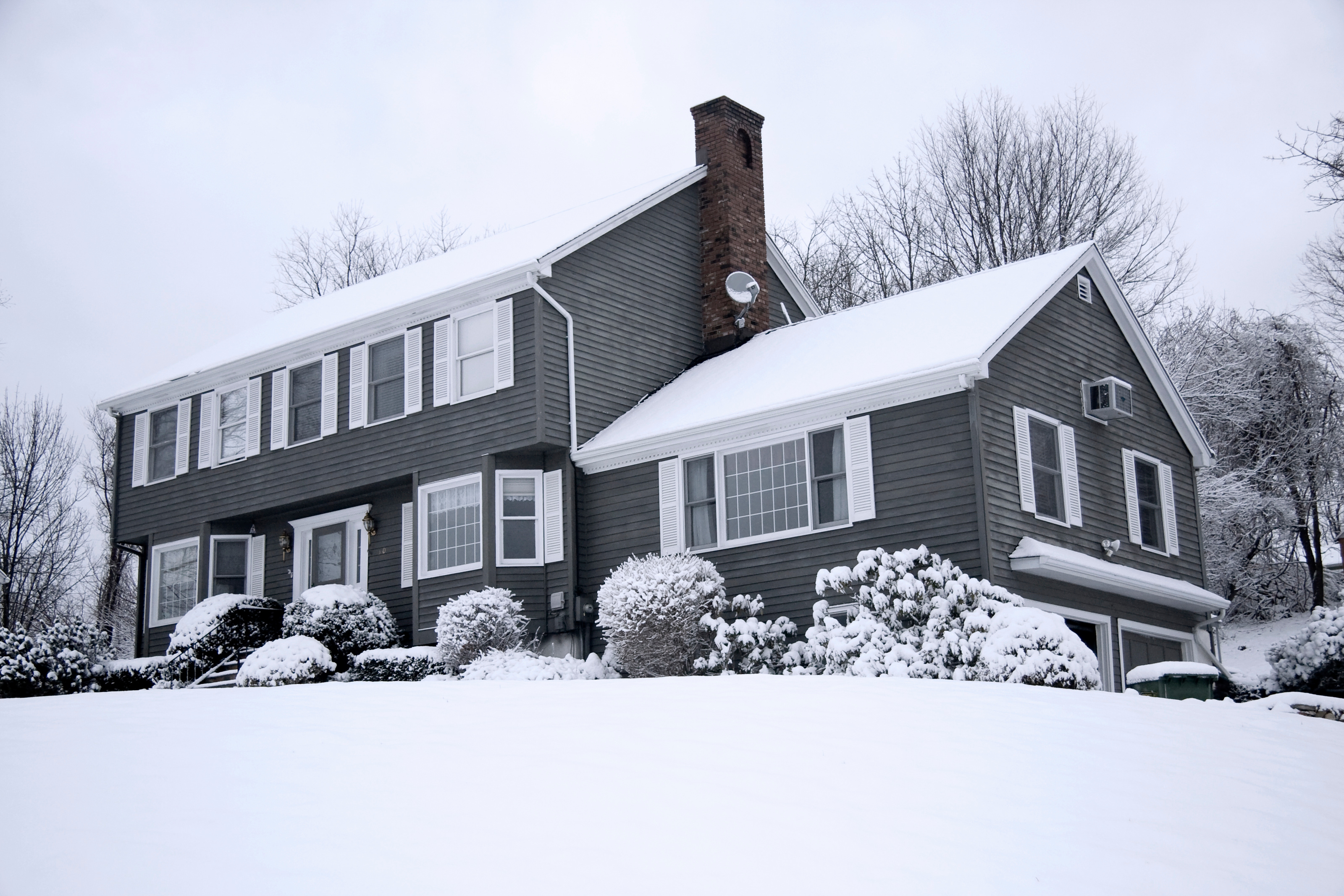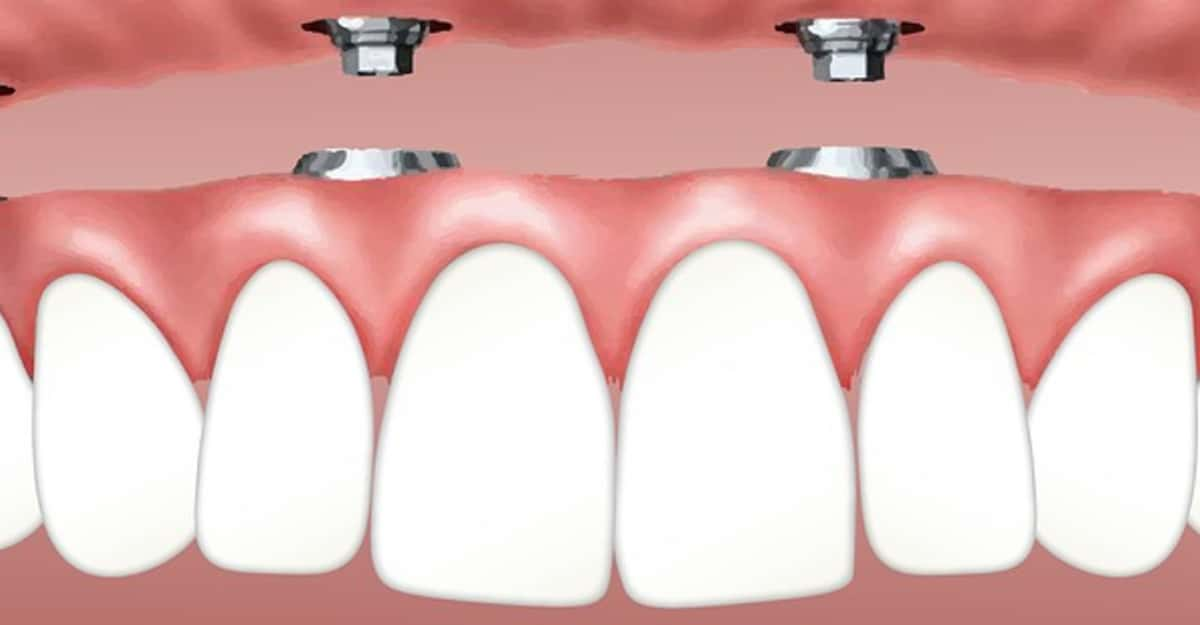Weatherizing Your Home for Winter

Winterizing your home is not just about comfort and staying warm during the frosty months; it's fundamentally a strategy for substantial cost savings.
Every draft avoided and every drop of heat preserved means less energy consumed and, consequently, a lower utility bill every month. It’s an investment where the returns are immediate, visible in the reduced financial strain, and essential for those wanting to optimize their monthly expenses.
This article will guide you through detailed steps to weatherize your home efficiently, discussing the estimated savings and essential products for each task to ensure your home is snug and your wallet is happy as the snow begins to fall.
Inspect and Upgrade Insulation
Proper insulation is crucial to keep the cold air out and the warm air in. Inspect the attic, walls, and floors adjacent to unheated spaces and add insulation where needed.
Suggestion: Use fiberglass or foam board insulation for added protection.
Estimated Savings: Up to $600 annually.
Seal Gaps and Cracks
Sealing gaps and cracks is critical in reducing cold drafts. Focus on doors, windows, and places where pipes and wires enter the house.
Suggestion: Use weatherstripping around doors and windows, and seal gaps with caulk or expandable foam.
Estimated Savings: Up to $200 annually.
Install Storm Doors and Windows
Storm doors and windows add an extra layer of protection and can reduce energy loss by up to 45%.
Suggestion: Replace regular windows with storm windows.
Estimated Savings: Up to $350 annually.
Use Window Insulation Kits
Window insulation kits are a cost-effective way to reduce heat loss through windows.
Suggestion: Apply plastic shrink film to the inside of the window frame using double-sided tape. Use a hair dryer to remove wrinkles and create a tight seal.
Estimated Savings: Around $50 annually.
Adjust Door Thresholds
If you can see daylight under your front door, then you're losing the indoor air you've paid to heat.
Suggestion: Turn the screws counterclockwise to lift the threshold until daylight is mostly gone.
Estimated Savings: Around $50 annually.
Tune-Up Your Heating System
A tuned-up heating system works more efficiently and saves on heating costs.
Suggestion: Replace the furnace filter, and schedule a professional maintenance check-up.
Estimated Savings: Up to $100 annually.
Reverse Your Ceiling Fans
Running fans in the reverse (clockwise) direction at a low speed will recirculate warm air from the ceiling.
Suggestion: Locate the reverse switch on your fan and flip it when the fan is off.
Estimated Savings: Around $15 annually.
Install a Programmable Thermostat
A programmable thermostat can save up to $180 per year in energy costs.
Suggestion: Install the thermostat away from heating or cooling vents. Program it to lower the temperature when you’re away or asleep.
Estimated Savings: Up to $180 annually.
Protect Your Pipes
Insulating pipes prevent them from freezing and helps save on hot water heating costs.
Suggestion: Insulate hot and cold water pipes in unheated areas.
Estimated Savings: Up to $50 annually.
Clean Gutters
Clean gutters prevent ice dams from forming, which can lead to leaks inside the house.
Suggestion: Remove leaves and debris from the gutters.
Estimated Savings: Avoidance of major repair costs, possibly saving thousands of dollars.
Final Thoughts
Weatherizing your home before winter is an essential step in saving energy and ensuring your home’s comfort and safety.
Following these detailed steps will help you prepare your home efficiently, reducing heating costs and avoiding unnecessary repairs during the cold months.
Total Estimated Savings: $1,595 annually


